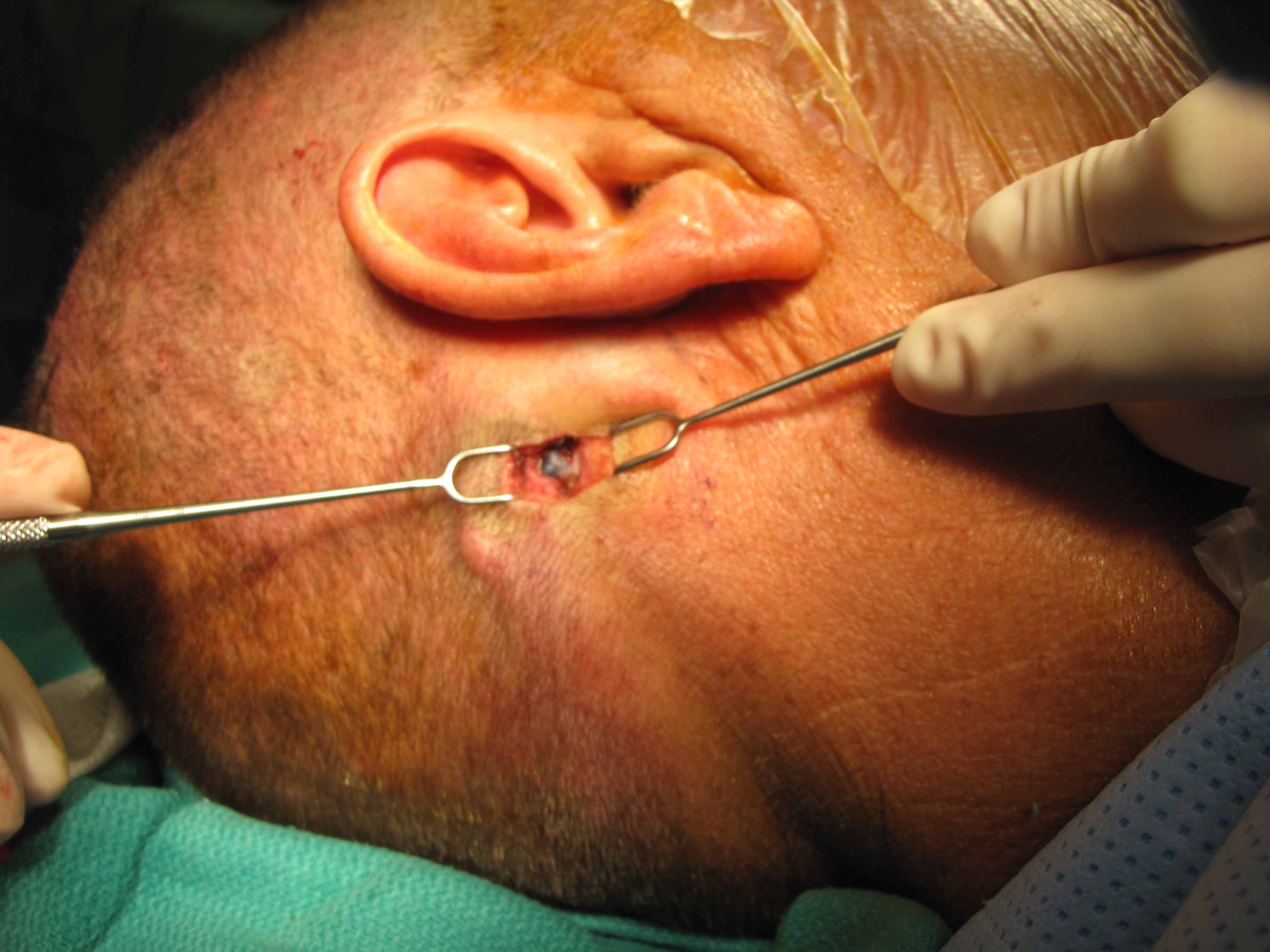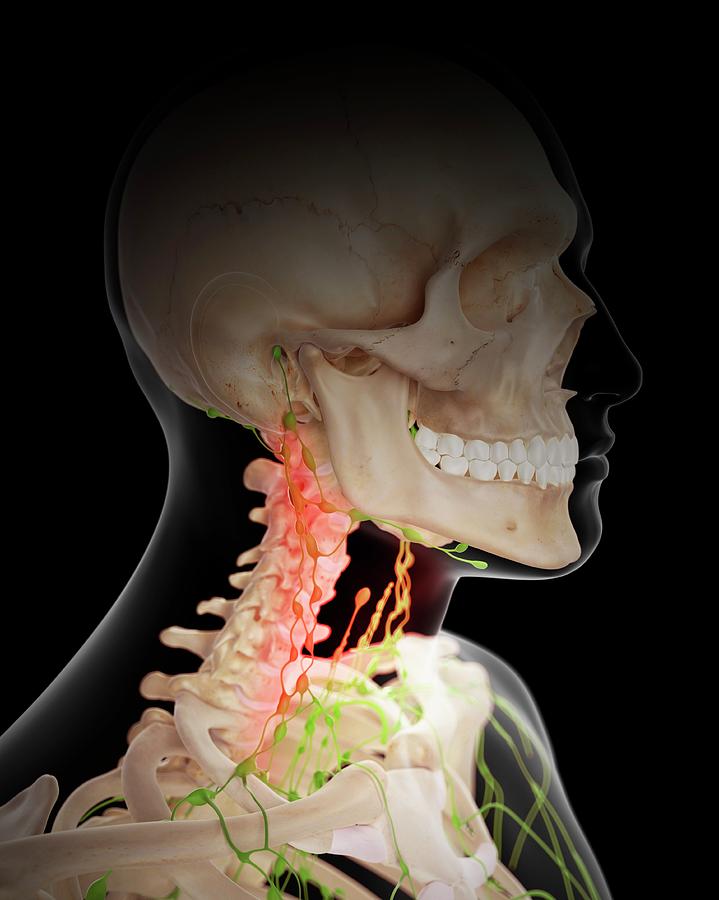


If you feel an enlarged lymph node or you’re unsure, let your doctor know right away. Then check the vertical chain of lymph nodes along the inner upper thigh on both legs. To check the lymph nodes in your groin, use your fingers to feel the horizontal chain of lymph nodes along the groin crease on each side. Check the front and back borders of your armpit as well the inner border of your arm. When this happens, lymph nodes swell and are painful to the touch. Use the fingers on your opposite hand to feel the center of your armpit. Lymphadenitis occurs when bacteria, viruses, or fungi in the lymph infect lymph nodes. To check the lymph nodes in your arms and armpits, remove your shirt and lift up one arm. Bring your elbows forward and hunch your shoulders when checking the lymph nodes above your collar bone. Tilt your head toward the side of your neck you’re checking to make it easier to feel for lymph nodes. The lymph node may not return to its normal size for several weeks. The soreness usually goes away in a couple of days without treatment. To check the lymph nodes in your head and neck, move your fingertips in a circular motion in front of and behind your ears, around your jaw, down the sides of your neck, and above your collar bone. Painful lymph nodes are generally a sign that your body is fighting an infection. An enlarged lymph node may feel like a pea or a grape, and it may feel tender. Although enlarged lymph nodes are a common symptom of. Enlarged lymph nodes close to the surface of the body (such as on the sides of the neck, in the groin or underarm areas, or above the collar bone), may be seen or felt as lumps under the skin. Lymph nodes are located in your head, neck, arms, armpits, and groin. Non-Hodgkin lymphoma can cause lymph nodes to become enlarged. Checking your lymph nodes once a month can help you detect any swelling that could indicate a medical issue.


 0 kommentar(er)
0 kommentar(er)
